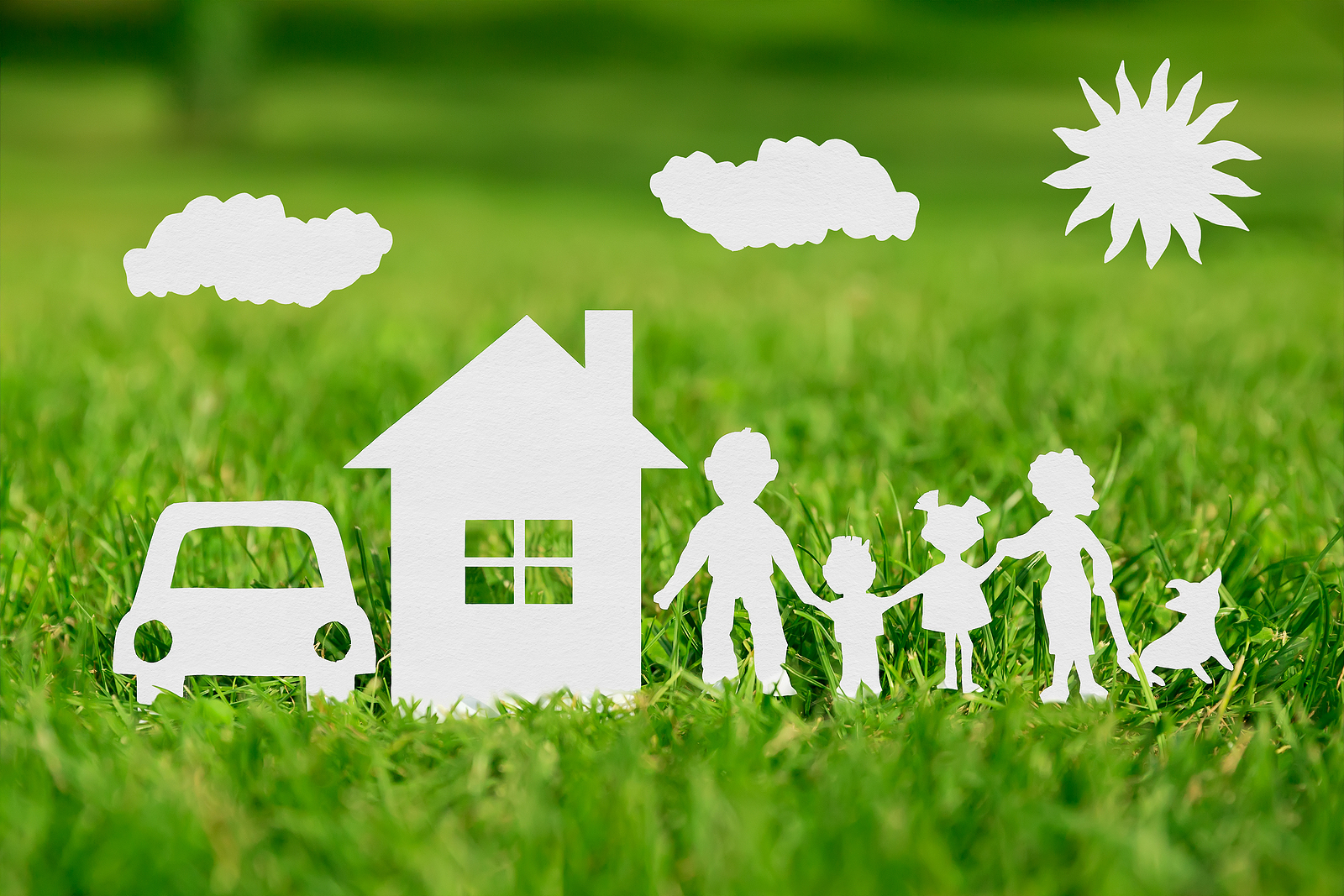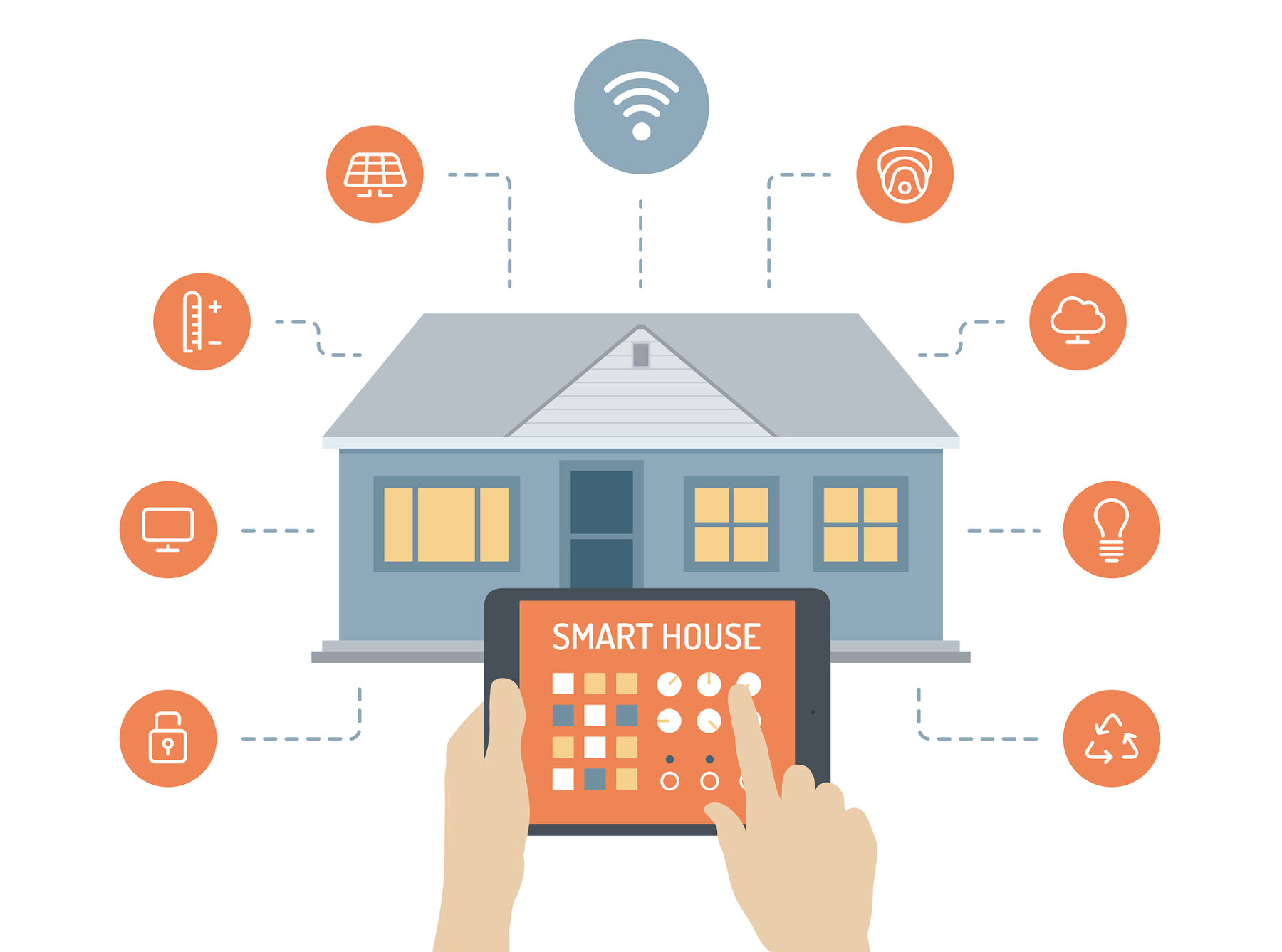In today’s world, eco-friendly homes are more than a trend—they’re a lifestyle choice that benefits both the environment and homeowners’ wallets. As sustainability becomes a top priority for many, green living is transforming the real estate market. This guide explores the key features of eco-friendly homes, their advantages, and how you can incorporate sustainable practices into your living space.
What Makes a Home Eco-Friendly?
An eco-friendly home is designed to minimize environmental impact and optimize energy efficiency. Here are some defining features:
- Energy Efficiency: Solar panels, energy-efficient windows, and LED lighting reduce energy consumption and lower utility bills.
- Sustainable Materials: Bamboo flooring, recycled steel, and reclaimed wood are popular choices for eco-conscious builds.
- Smart Home Technology: Devices like programmable thermostats and smart lighting systems improve efficiency and convenience.
- Water Conservation: Rainwater harvesting systems, low-flow faucets, and drought-resistant landscaping help conserve water.
Benefits of Eco-Friendly Homes
1. Cost Savings
While the initial investment in sustainable upgrades can be higher, eco-friendly homes save money in the long run. Lower energy and water bills, coupled with potential tax incentives, make green living financially rewarding.
2. Environmental Impact
Reducing your home’s carbon footprint contributes to a healthier planet. Sustainable homes use fewer resources and generate less waste, helping combat climate change.
3. Healthier Living
Eco-friendly materials are often free from harmful chemicals, improving indoor air quality. Features like improved ventilation systems and non-toxic paints create a healthier living environment.
4. Increased Property Value
Sustainability is in high demand, and homes with green certifications or energy-efficient features often command higher resale values.
Simple Steps to Make Your Home More Sustainable
Upgrade to Energy-Efficient Appliances
Switch to ENERGY STAR-certified appliances, which consume less energy and water. From refrigerators to washing machines, these upgrades can significantly reduce your utility bills.
Improve Insulation
Proper insulation in walls, roofs, and floors keeps your home comfortable year-round while reducing energy usage. Look for eco-friendly insulation materials like sheep’s wool or recycled denim.
Embrace Renewable Energy
Installing solar panels is one of the most impactful steps toward sustainability. While the upfront cost can be high, many states offer incentives to offset expenses.
Adopt Smart Technology
Smart thermostats, motion-activated lights, and energy monitoring systems allow you to optimize energy use and reduce waste effortlessly.
Incorporate Sustainable Landscaping
Choose native plants, install a rain garden, or use permeable paving to make your outdoor space more eco-friendly. Composting is another excellent way to reduce waste while enriching your soil.
The Future of Sustainable Real Estate
The real estate industry is embracing green living with innovations like net-zero energy homes and eco-friendly communities. Builders are increasingly prioritizing sustainable materials and designs to meet the growing demand for environmentally responsible housing.
As more buyers seek eco-friendly options, staying informed about these trends can help homeowners and real estate enthusiasts make savvy decisions.
Final Thoughts
Eco-friendly homes offer a sustainable, cost-effective, and healthier way of living. Whether you’re building, buying, or upgrading, incorporating green features into your home is an investment in the future. By adopting even small changes, you can make a big difference—for both the planet and your lifestyle.









